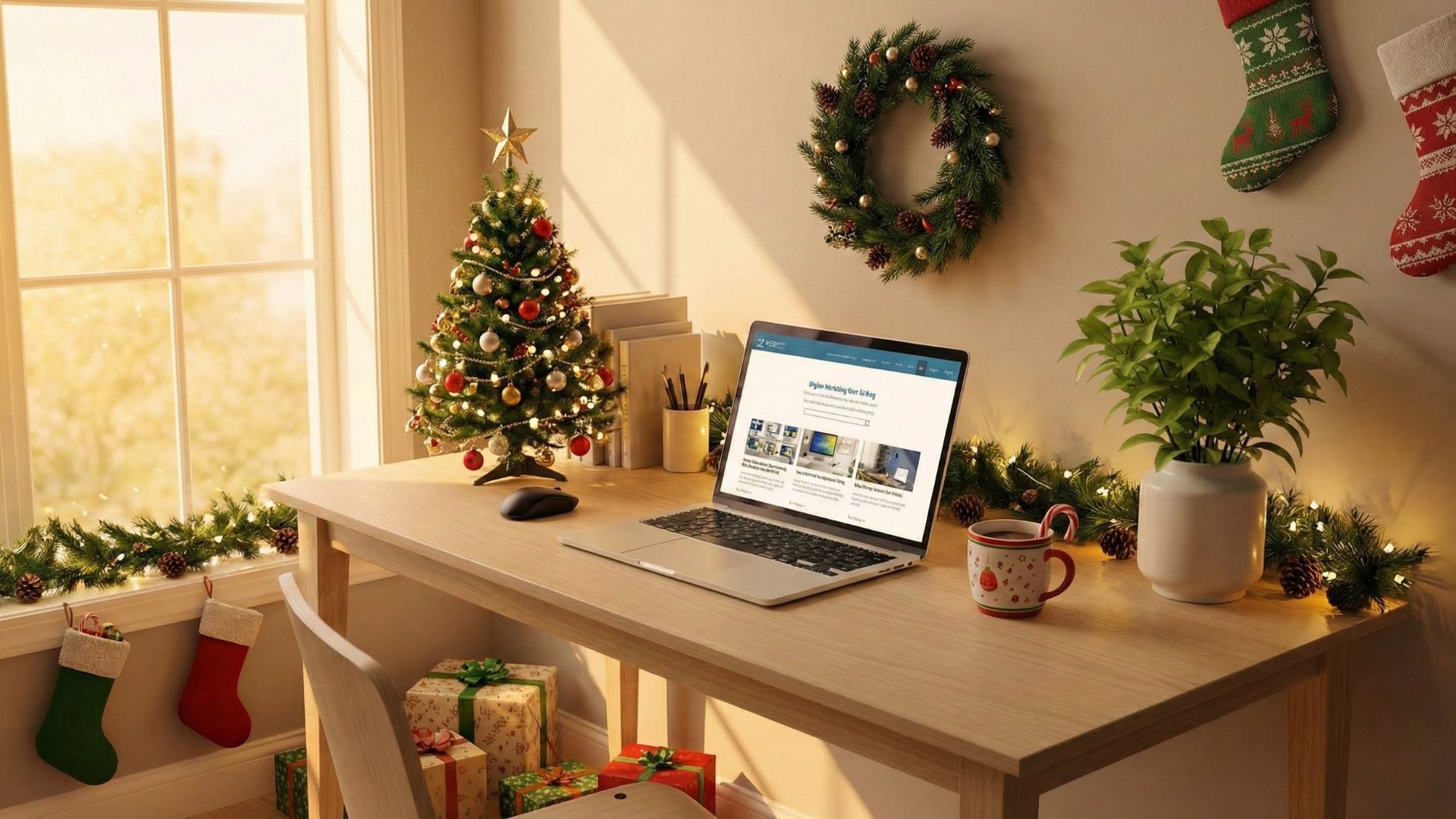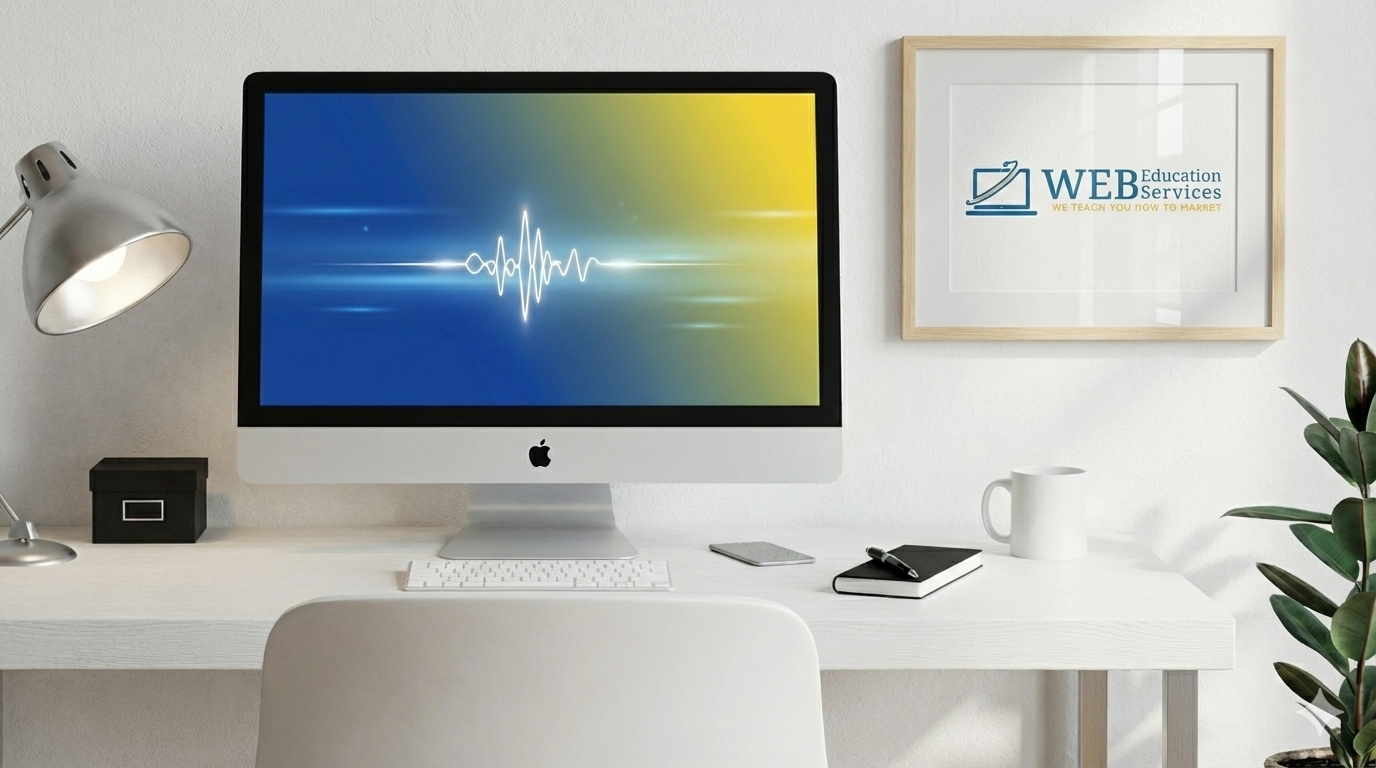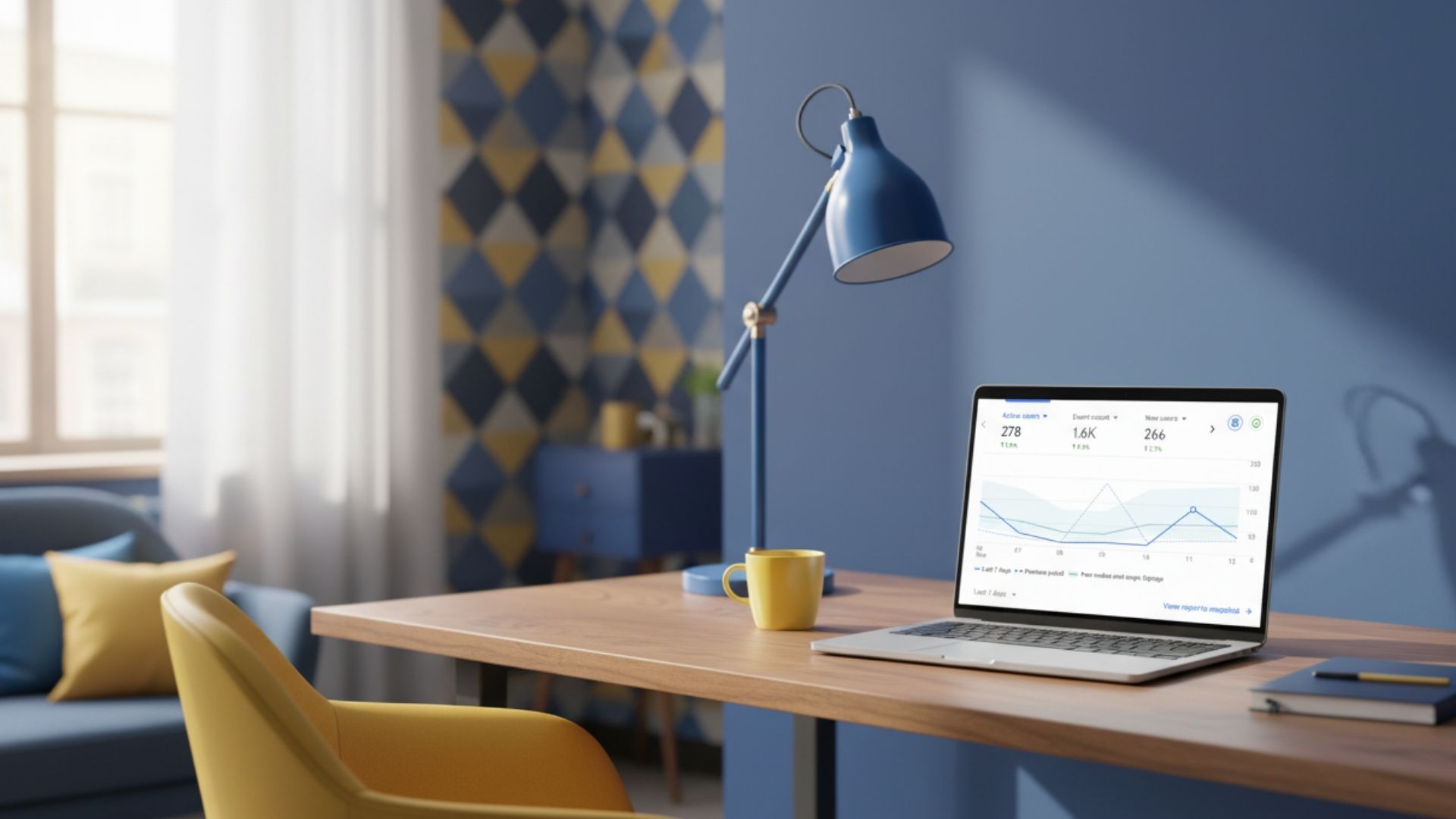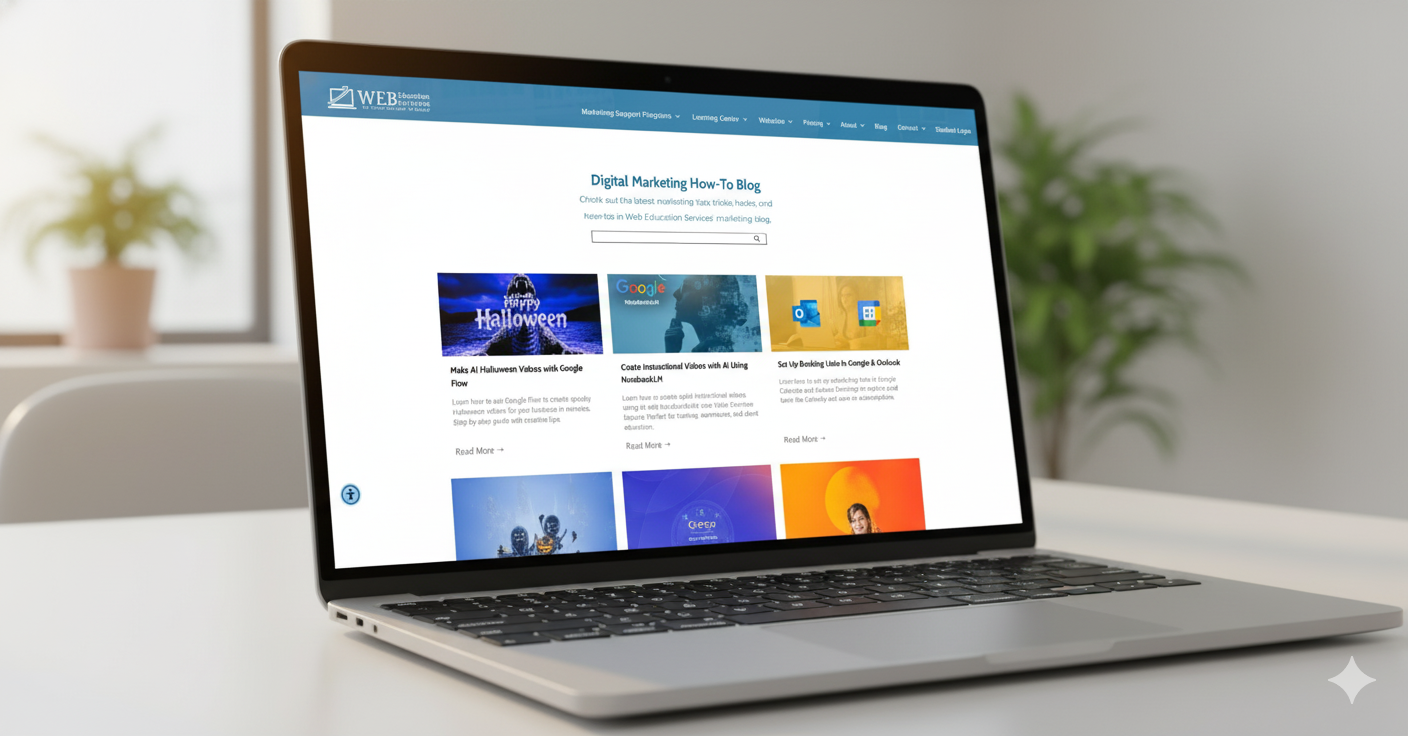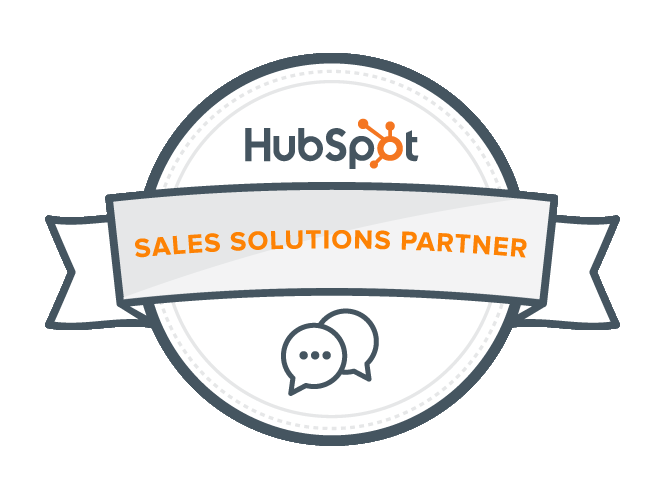Can’t tell if an image is copyrighted? Find Out With These Methods
Have you ever wanted to use a photo from the search engine but didn’t know if you could? We’ve all wanted to use the best photo to add to our blog, website or presentation.
You can avoid the trouble of using a copyright photo by using these 3 methods to determine if a picture is protected.
1. Know the general signs of a copyrighted photo
Some of the most simplest ways of figuring out if an image is protected, is through watermarks and copyright symbols. If you see a copyright or watermark, you are going to have to purchase the picture or ask the owner for permission to use the photo/graphic.
2. Do the necessary research to see if an image is copyrighted.
Conduct a reverse-search on the image to see where the image has been posted and find the primary poster of the image. Start by going to https://images.google.com/. Click on the camera icon and copy and paste the image link! You can also upload the picture by clicking on upload an image, click on choose a file, and select the image from your computer.
After you find the original source, ask for permission to use the photo. Sometimes these photos are available to the general public as long as you follow the terms of use as defined by the person who owns the copyright. In other words, some creators tell you on their website how you can use the photo. You don’t have to contact them directly.
3. Learn how the court evaluates what’s the fair and not fair use of an image.
There are a few questions to consider before using a copyrighted image; how is it being used? What is the nature of the copyrighted image? How much or what portion of the copyrighted work is being used? What type of influence does the copyrighted work have on the audience or market?
Some photos are deemed
“in the public domain” and these photos are fair game.
Being able to look into these questions can help in case of an infringement investigation that determines the rights of the image being used.
A simple way to avoid copyright infringement is to download royalty-free, attribution-free stock photos at
Unsplash and/or
Pexels.
We understand the importance of having the best photo to represent your content.
If you have any questions about finding free photos or videos, reach out to us at webeducationservices.com or call us at 727.222.6984. Have a great week!



